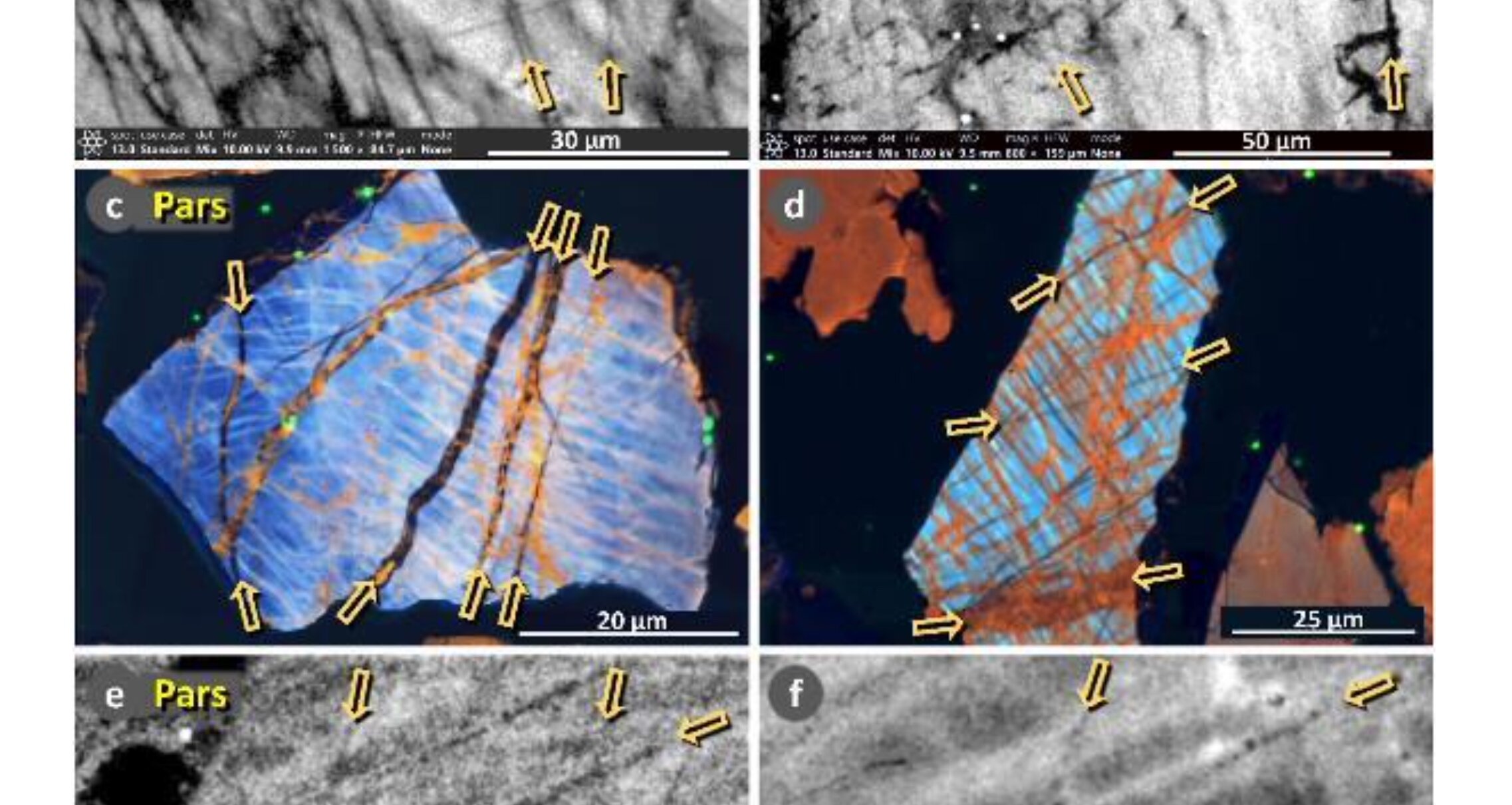
The last woolly mammoths on Earth lived on Wrangel Island, off the coast of Siberia, for approximately 6,000 years after disappearing from other continents. A new analysis of their genetic history suggests that these mammoths were founded by a tiny herd of fewer than 10 animals around 10,000 years ago. Despite their small population size, the Wrangel Island mammoths suffered from genetic disorders due to inbreeding for thousands of years.
Geneticist Love Dalén and his team at Stockholm University have been studying the fossils on Wrangel Island for over two decades. They recently published a reconstruction of the genetic history of these enigmatic animals, which sheds light on their demise.
The findings contradict previous theories that suggest inbreeding was the primary cause of woolly mammoths' extinction. Instead, it appears that random events such as diseases or environmental changes may have played a role in their disappearance from the planet.
Mammoths once roamed across vast expanses of ice age Europe, Asia, and North America. After the global climate began warming about 12,000 years ago and human hunters posed an increasing threat, they retreated northwards. The last mammoths on the mainland died out around 10,000 years ago due to a combination of factors including habitat loss and human hunting.
Rising sea levels cut off a pocket population on Wrangel Island, which survived for another 6,000 years. However, their isolation led to a significant decrease in genetic diversity and an increase in the frequency of deleterious mutations due to inbreeding.
The latest research reveals that the Wrangel Island mammoths had a stable population of between 200 and 300 individuals before their extinction. Despite this, they were still affected by genetic diseases caused by their small population size and lack of genetic diversity.
These findings offer important lessons for conservation efforts today. They highlight the importance of maintaining large, genetically diverse populations to ensure the long-term survival of species.






